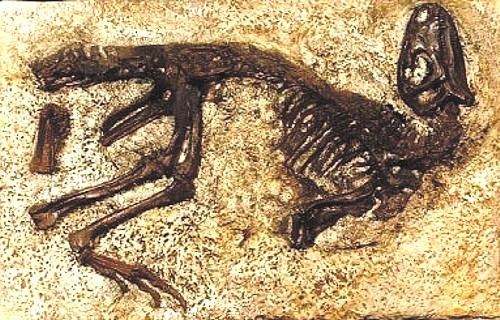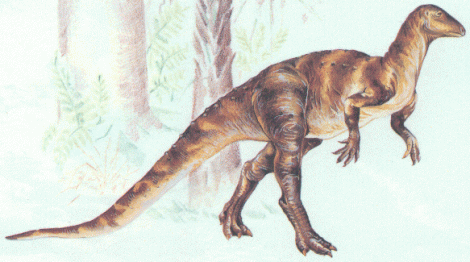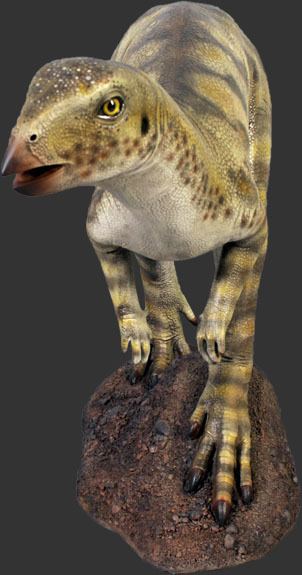Kingdom Animalia Clade Dinosauria Suborder †Ornithopoda Scientific name Hypsilophodontidae Rank Family | Phylum Chordata Order †Ornithischia Clade †Hypsilophodontia Higher classification Ornithopod | |
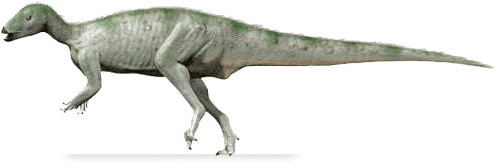 | ||
Lower classifications Hypsilophodon, Othnielia, Atlascopcosaurus | ||
Hypsilophodonts (named after Hypsilophodon, itself derived from the Hypsilophus ("high-crested") genus of iguana lizard and literally meaning "Hypsilophus-tooth") were small ornithopod dinosaurs, regarded as fast, herbivorous bipeds on the order of 1–2 meters long (3.3–6.6 feet). They are known from Asia, Australia, Europe, New Zealand, North America, and South America, from rocks of Middle Jurassic to late Cretaceous age. The group traditionally has included almost all bipedal bird-hipped dinosaurs other than iguanodonts, and some early phylogenetic analyses found it to be a natural group, but more recent studies have found that the group is mostly paraphyletic and the taxa within represent a series leading up to Iguanodontia. Some of these studies have moved some traditional hypsilophodonts out of the Ornithopoda, such as Agilisaurus and Othnielosaurus (=Othnielia). Thus, the only certain member at this time is Hypsilophodon.
Contents
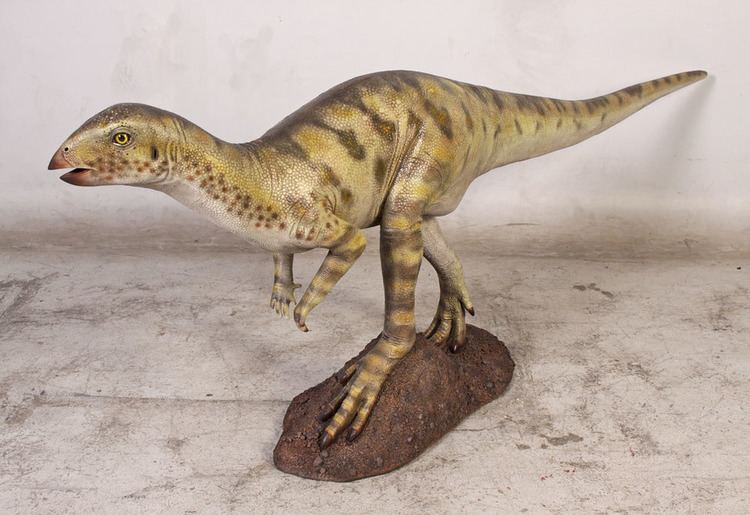
RelationshipsEdit
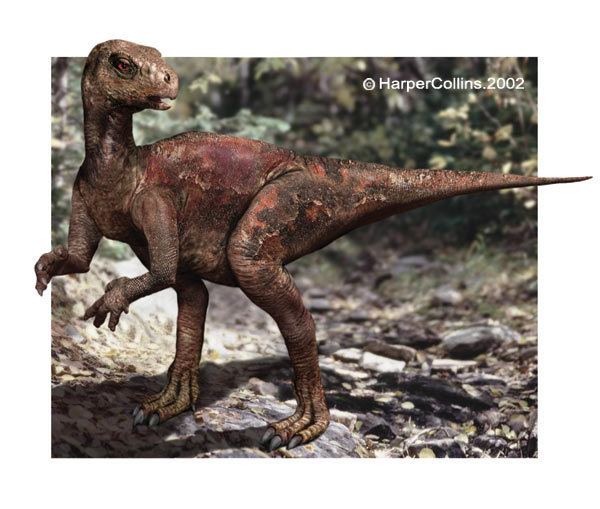
The following cladogram of hypsilophodont relationships depicts the paraphyletic hypotheses; the "natural Hypsilophodontidae" hypothesis has been falling out of favor since the mid-late 1990s. It is after Brown et al. (2013), the most recent analysis of hypsilophodonts. Ornithischia, Ornithopoda, and Iguanodontia were not designated in their result, and so are left out here. Additional ornithopods beyond Tenontosaurus are omitted. Dinosaurs traditionally described as hypsilophodonts are found from Agilisaurus or Hexinlusaurus to Hypsilophodon or Gasparinisaura.

In the most recent review of hypsilophodonts, by Norman et al. (2004), the following genera were known well enough to include in a phylogenetic analysis:
The following genera were regarded as valid, but were not classified:
Several other genera belong here somewhere, but are very poorly known or outright dubious:
PaleobiologyEdit

Hypsilophodonts were small (often 1–2 m [3.28 to 6.56 ft (2.00 m)] long), bipedal, cursorial herbivores. The typical informal comparison has been to gazelles. However, there is evidence that at least some of them made burrows as places to rear their young. While so far only known for Oryctodromeus, additional possible hypsilophodont burrows have been found in slightly older rocks in Victoria, Australia.

